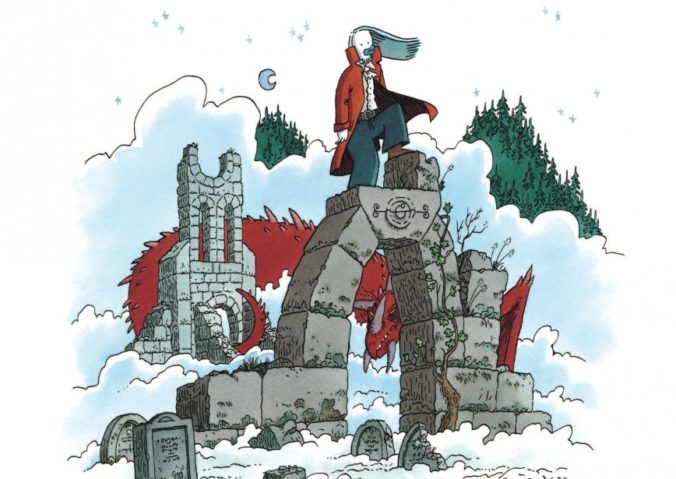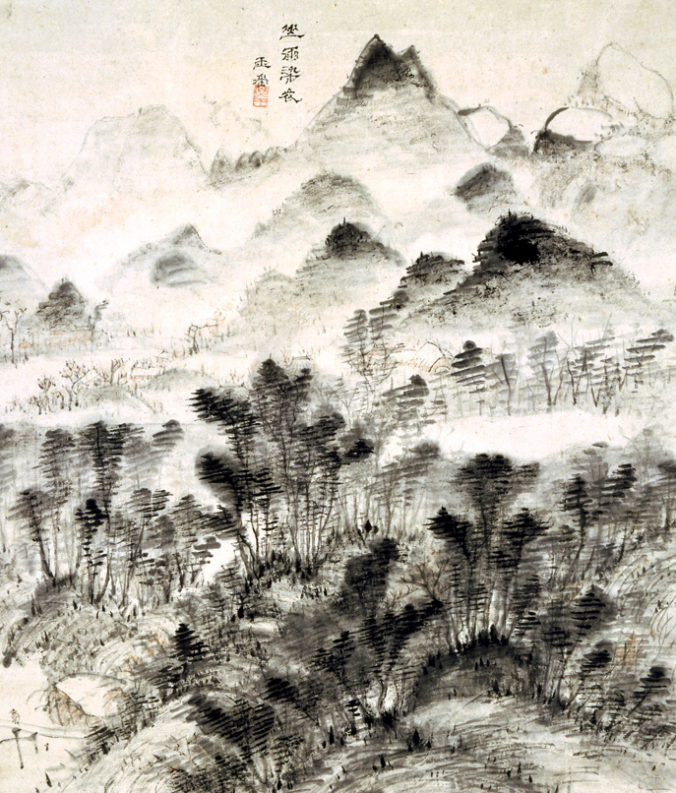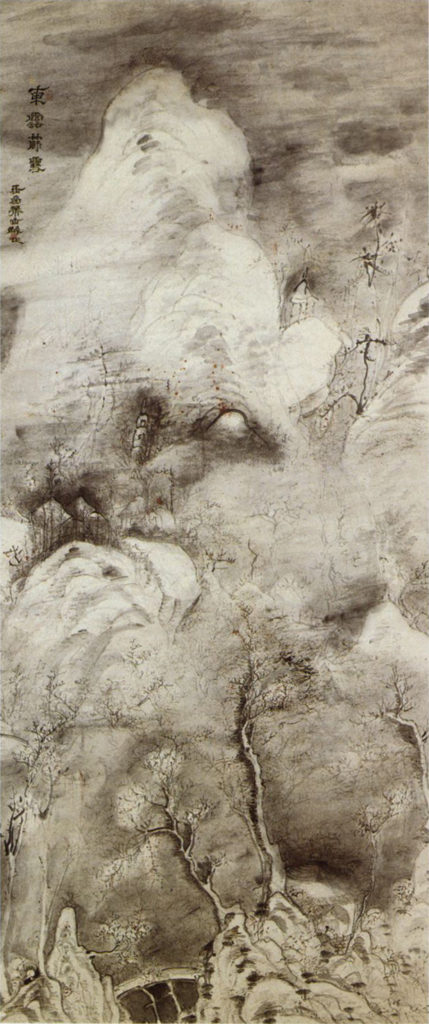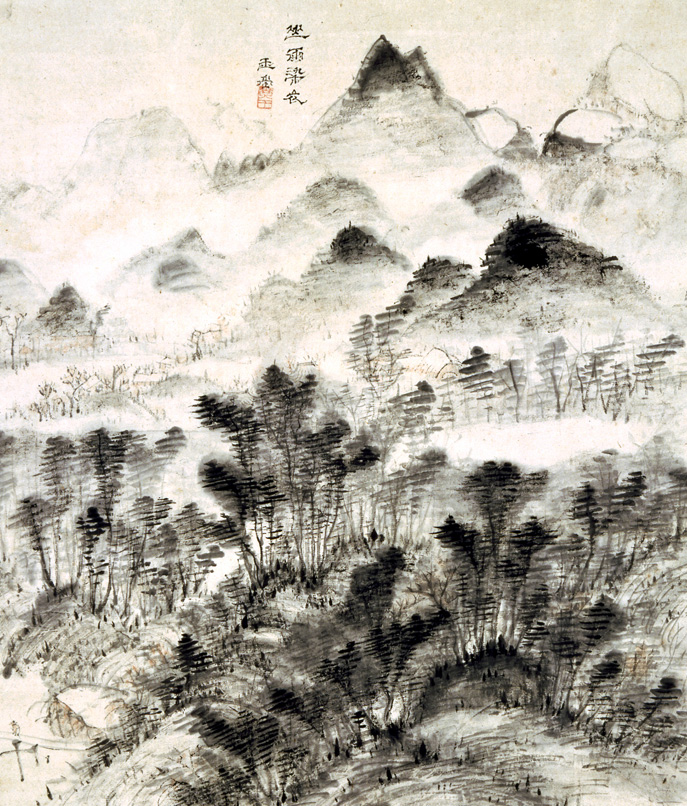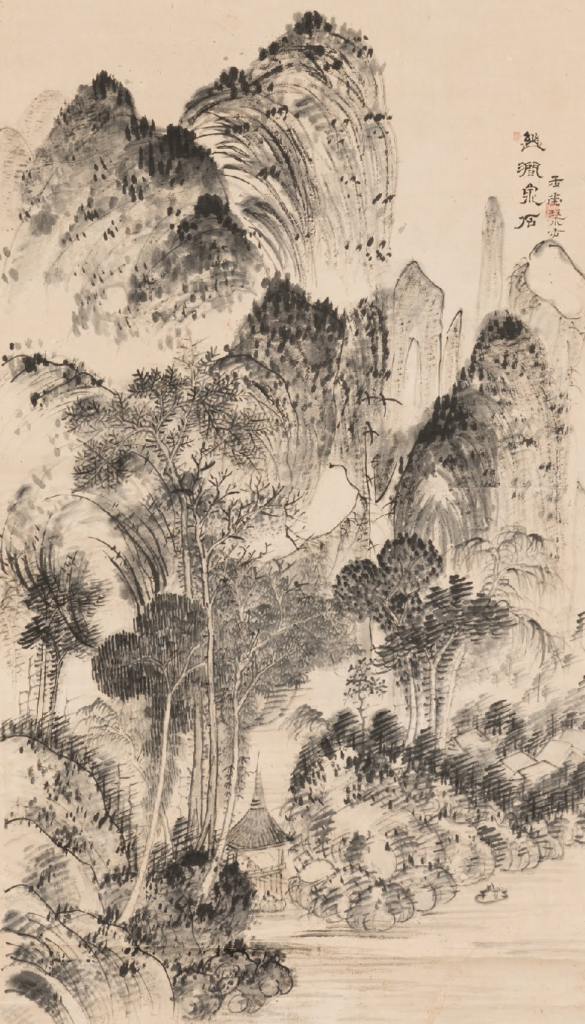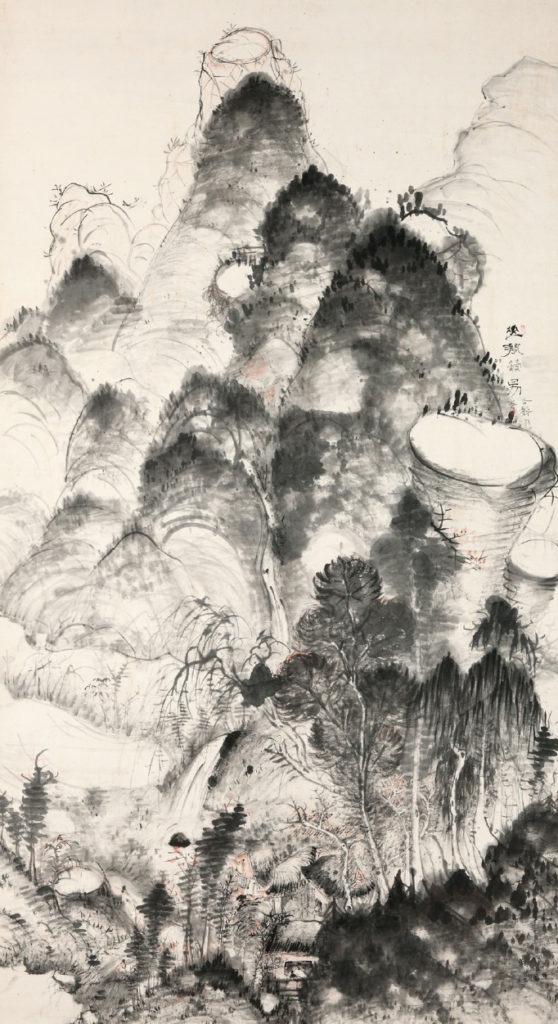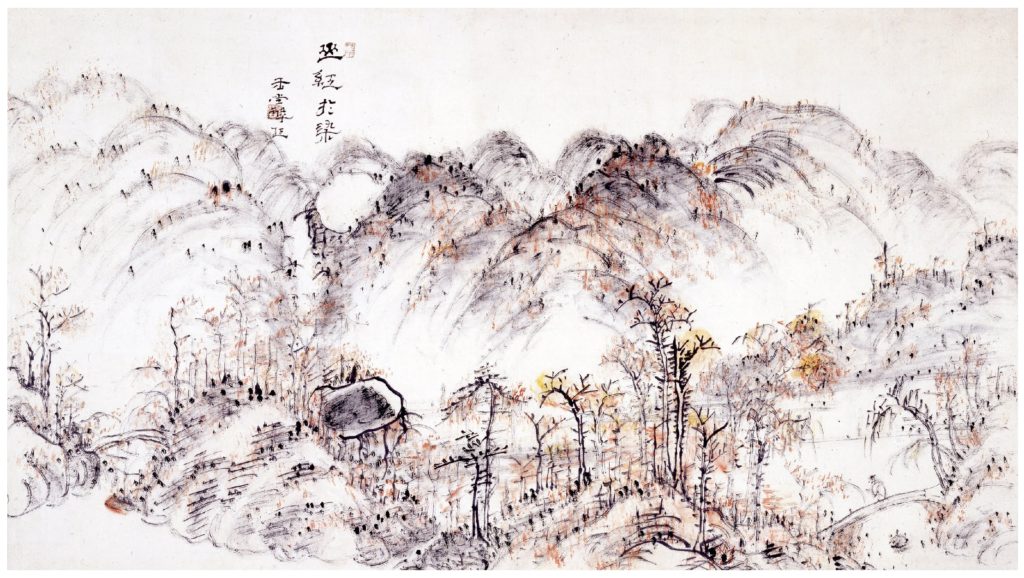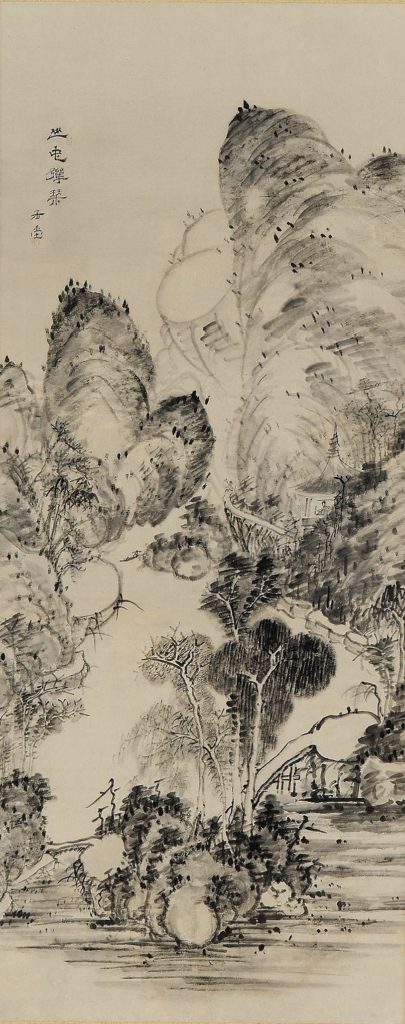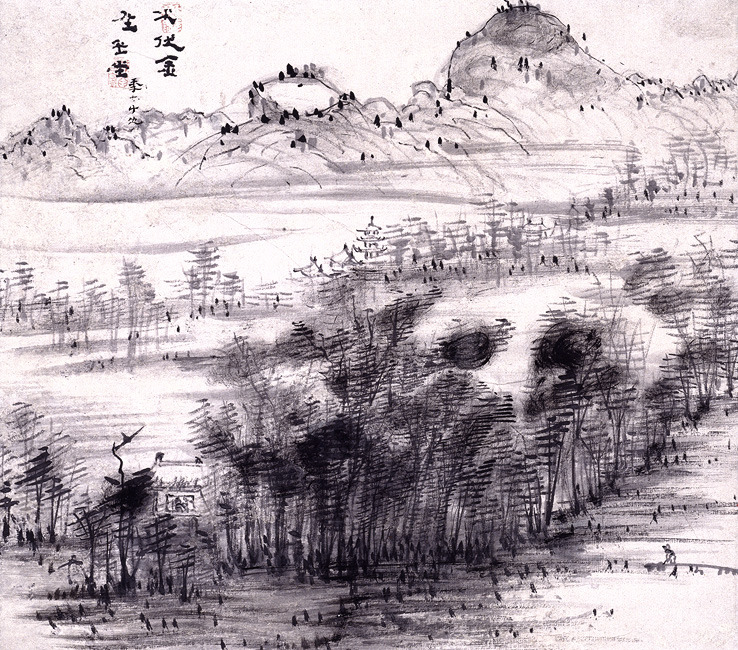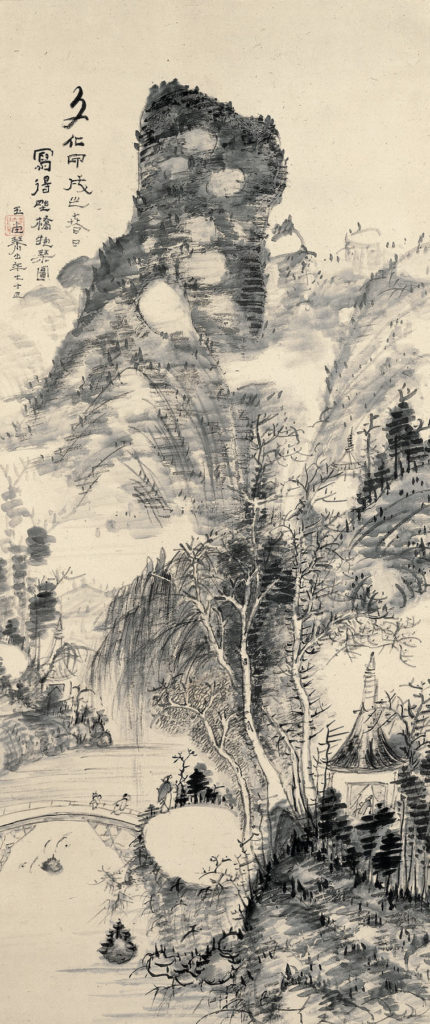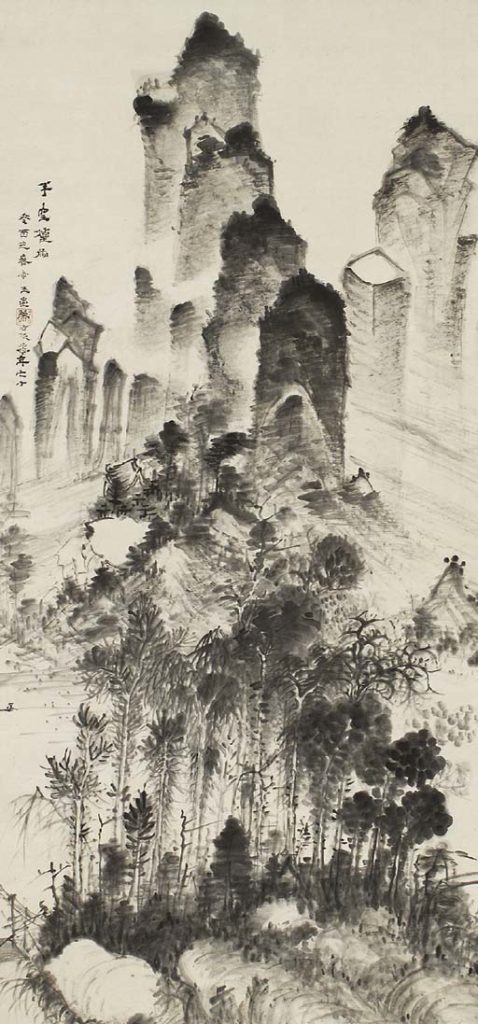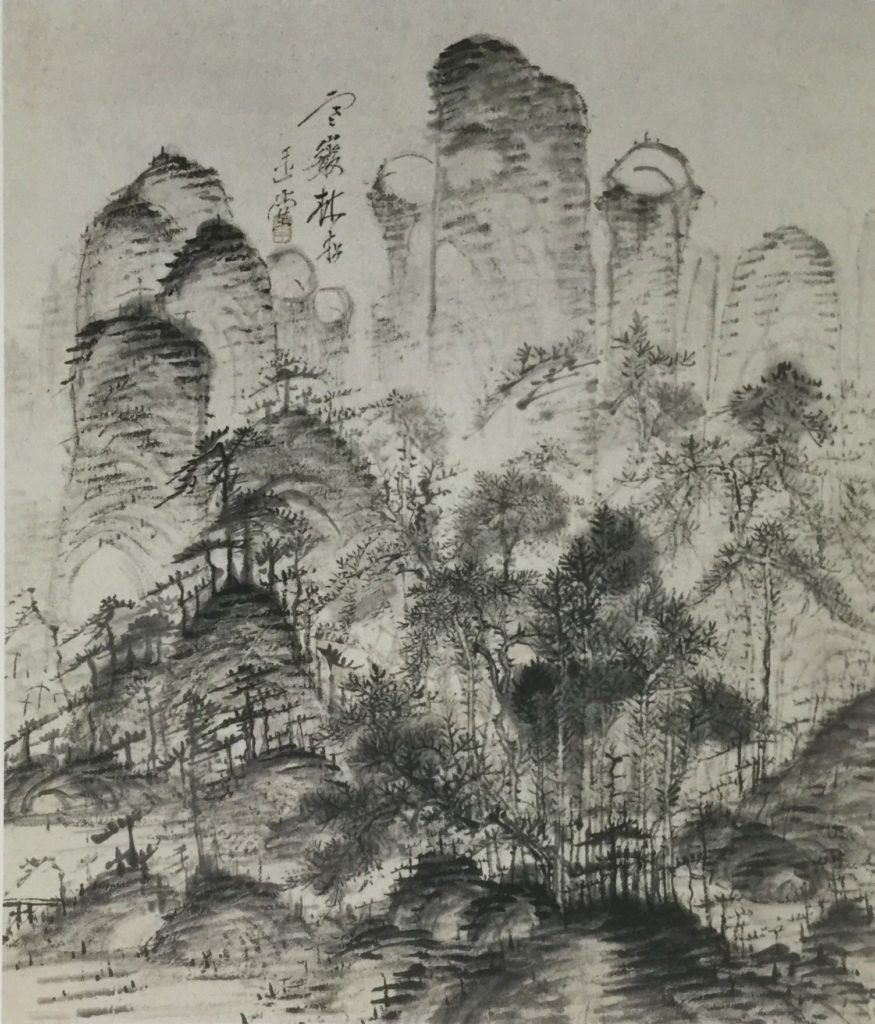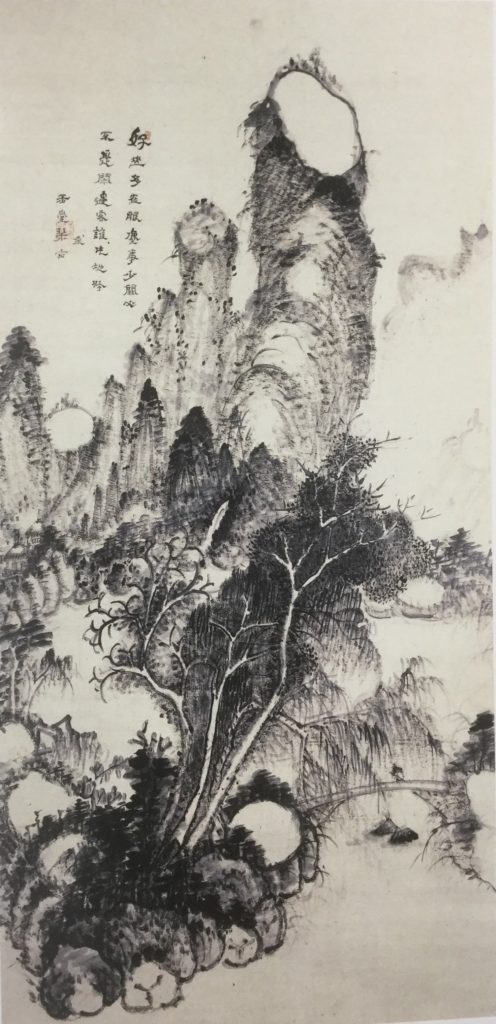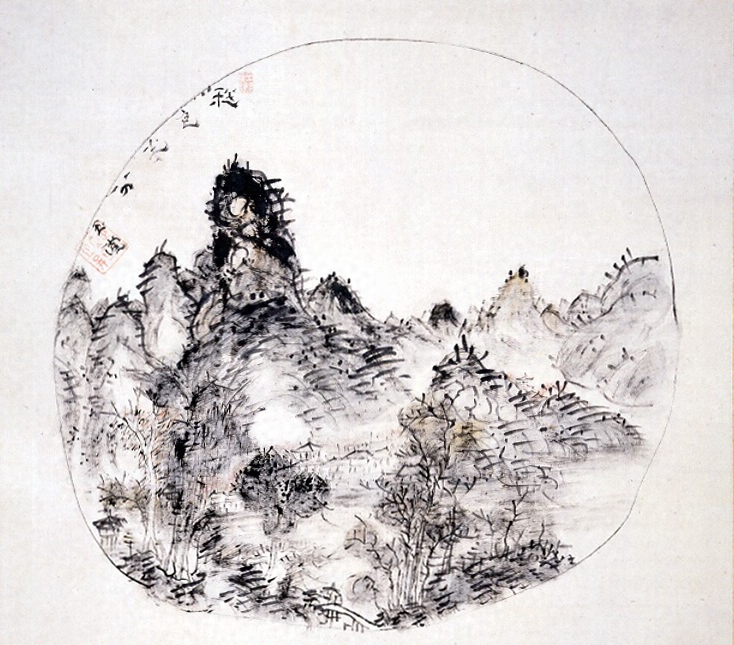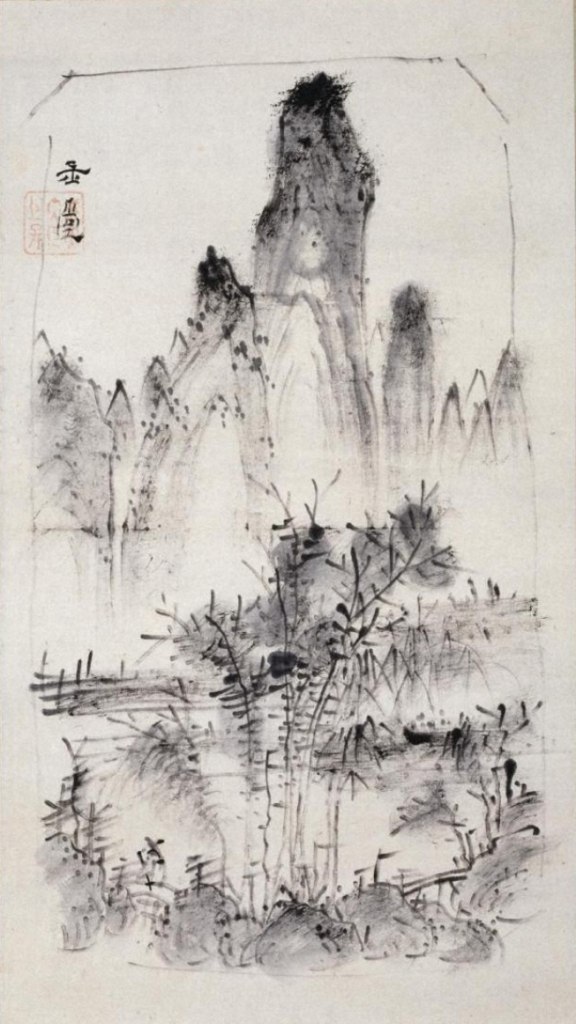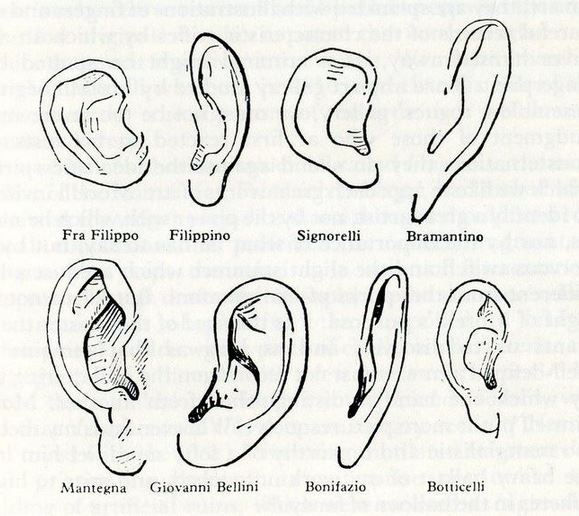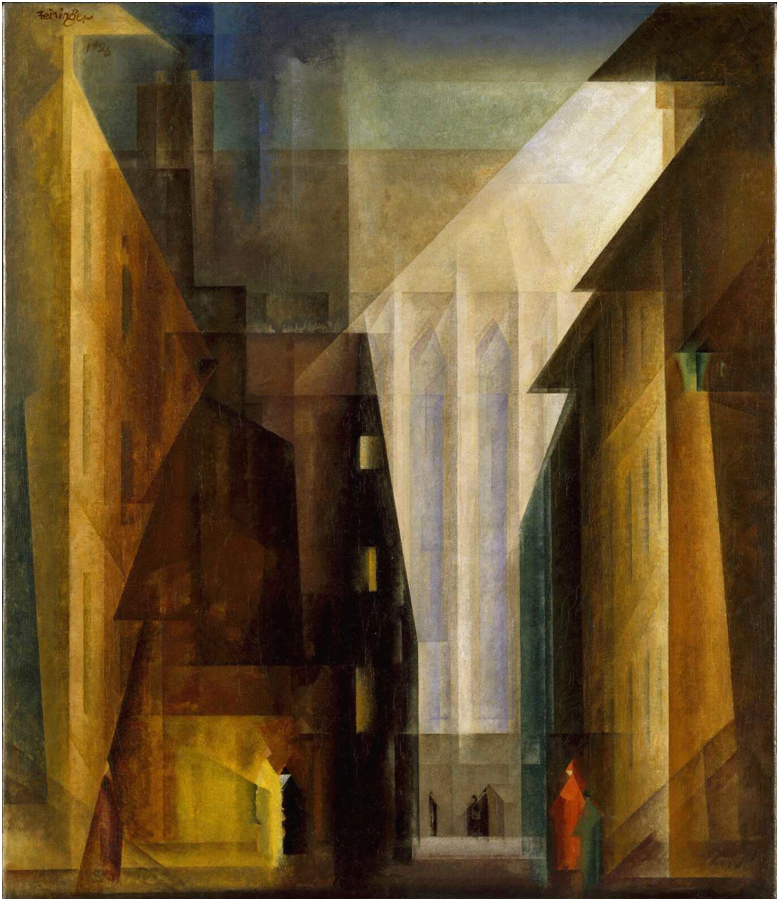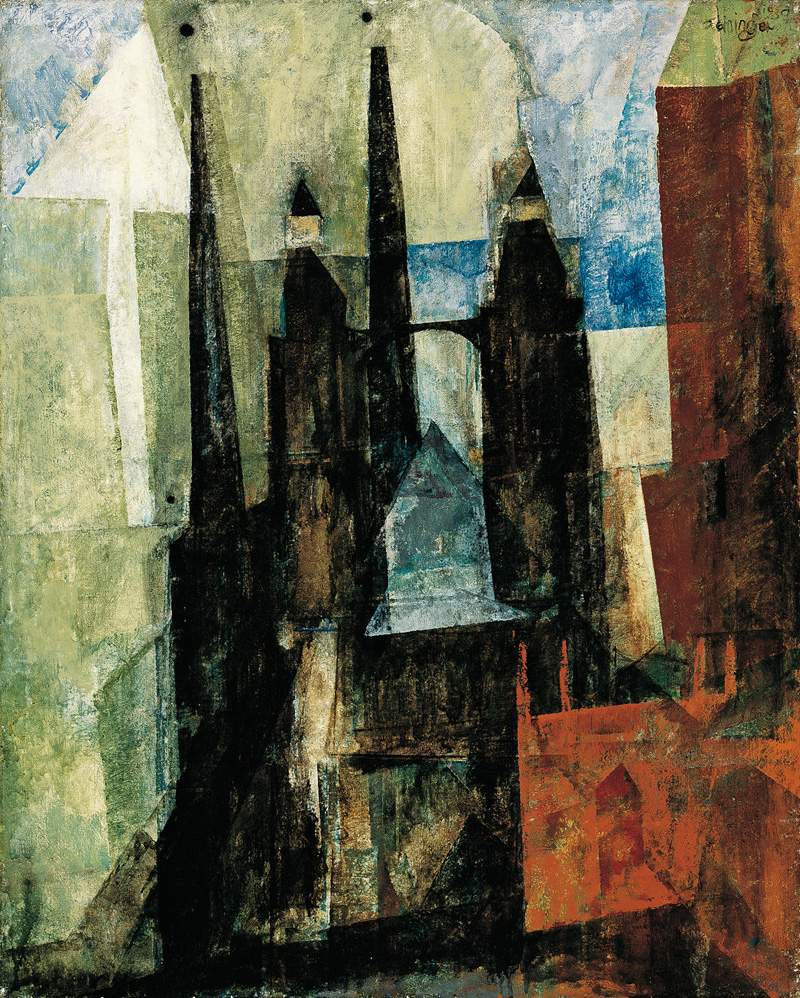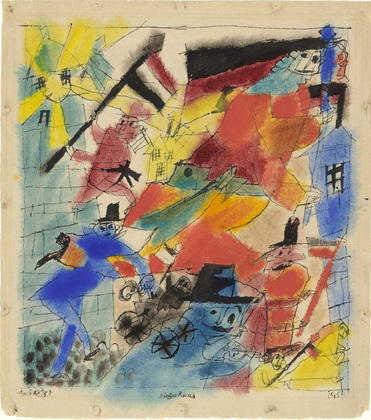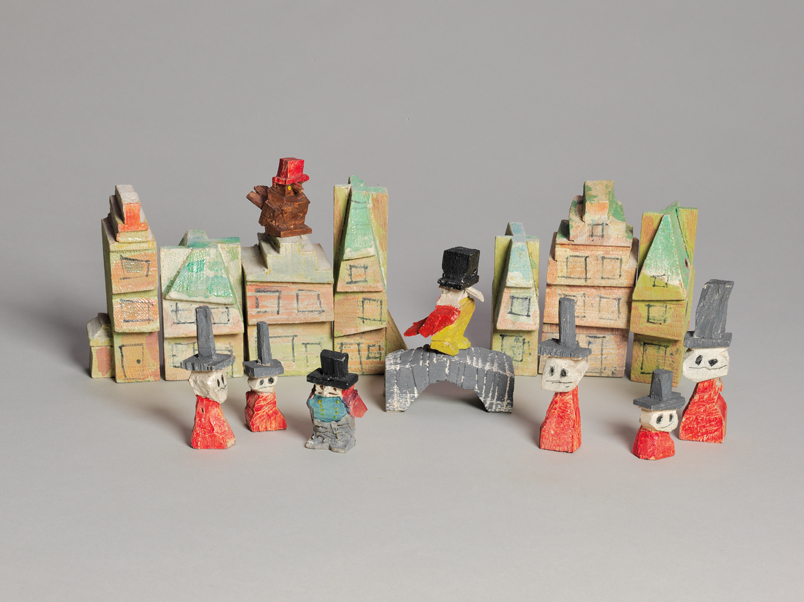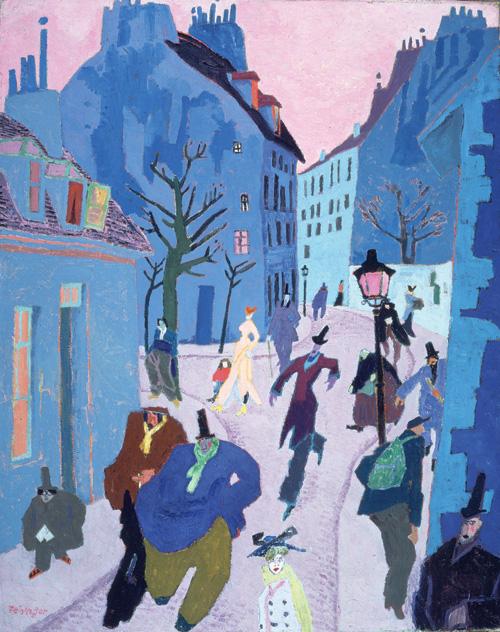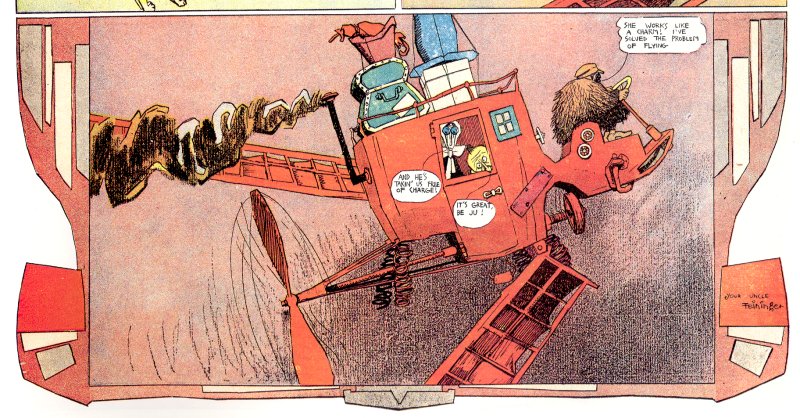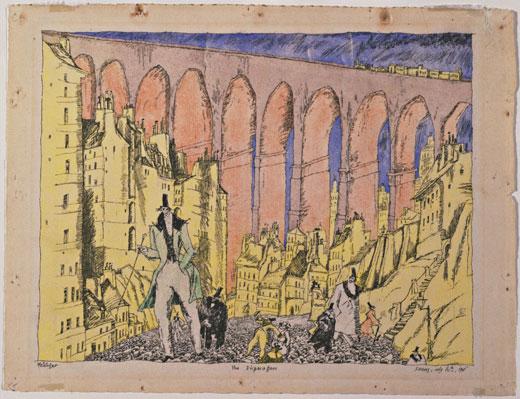Installment two of my books of the year, with most nonfiction still to come. It seemed a very lean year for comics overall. The big event is the long-delayed translation of the first half of Lewis Trondheim’s Ralph Azham, his 600-page treatment of power, politics, religion, and family. Trondheim’s ability to improvise a better story than most people can plan out remains exceptional. There is also the final book of Hubert’s uncompleted The Ogre Gods, putting a point on his loss through suicide.
Ralph Azham #1: Black Are The Stars (1)
Trondheim, Lewis (Author)
Papercutz
Ralph Azham #2: The Land of the Blue Demons (2)
Trondheim, Lewis (Author)
Papercutz
First Born: The Ogre Gods Book Four (OGRE GODS HC)
Hubert (Author), Gatignol, Bertrand (Artist)
Magnetic Press
La Synagogue
Sfar Joann (Author), Sfar Joann (Illustrator)
DARGAUD
Dungeon: Early Years, vol. 3: Wihout a Sound (3)
Gaultier, Christophe (Author), Sfar, Joann (Author), Trondheim, Lewis (Author), Oiry, Stephane (Author)
NBM Publishing
Dungeon: Twilight vols. 1-2: Cemetery of the Dragon
Sfar, Joann (Author), Trondheim, Lewis (Author), Kerascoet, [none] (Illustrator)
NBM Publishing
Adventuregame Comics: Leviathan (Book 1): An Interactive Graphic Novel
Shiga, Jason (Author)
Abrams Fanfare
Pogo: The Complete Syndicated Comics Strips: Vols. 7 & 8 Gift Box Set (POGO COMP SYNDICATED STRIPS HC BOX SET)
Kelly, Walt (Author), Evanier, Mark (Editor), Kelly, Walt (Artist)
Fantagraphics Books
The Projector and Elephant
Vaughn-James, Martin (Author), Seth (Editor), Heer, Jeet (Introduction), Seth (Designer)
New York Review Comics
All Your Racial Problems Will Soon End: The Cartoons of Charles Johnson
Johnson, Charles (Author)
New York Review Comics
The George Herriman Library: Krazy & Ignatz 1922-1924
Herriman, George (Author), Herriman, George (Artist)
Fantagraphics Books
YOKAI
Yumoto, Koichi (Author)
PIE International
George Grosz in Berlin: The Relentless Eye
Rewald, Sabine (Author), Buruma, Ian (Contributor)
Metropolitan Museum of Art
Käthe Kollwitz: A Survey of Her Work 1867 - 1945
Fischer, Hannelore (Editor)
Hirmer Publishers
Women Artists in Expressionism: From Empire to Emancipation
Behr, Shulamith (Author)
Princeton University Press
Austrian and German Masterworks: Twentieth Anniversary of Neue Galerie New York
Price, Renée (Editor), Lauder, Ronald S. (Preface)
Prestel
Guston in Time: Remembering Philip Guston (New York Review Books Classics)
Feld, Ross (Author)
NYRB Classics
